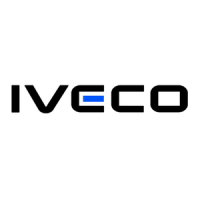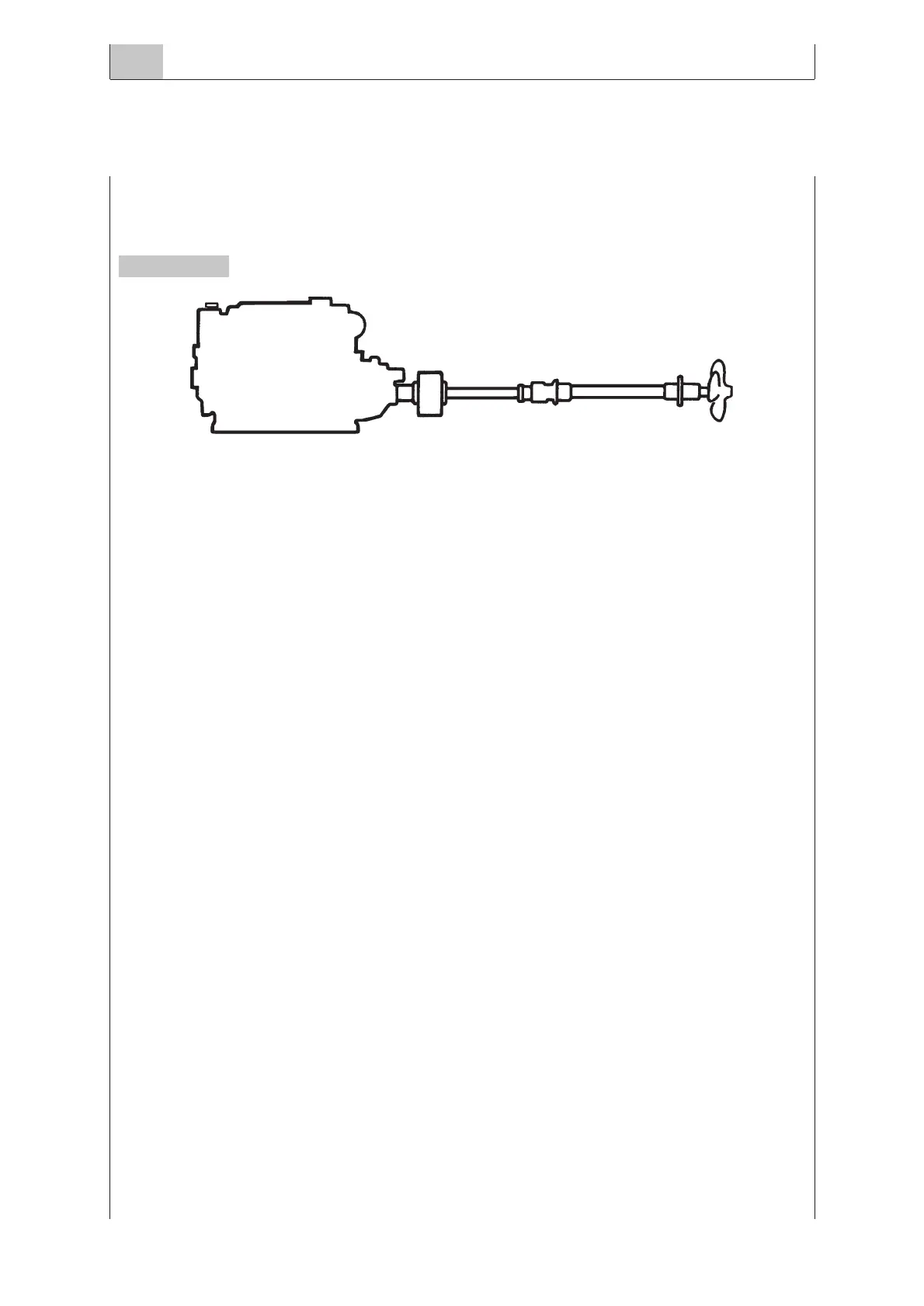Axis line propulsion systems
On inboard applications, the propulsion system consists of an engine, an inverter-reducer, an axis line
and a propeller, as in the diagram illustrated in figure 2
The advantages of this system can be summarised as follows:
■ Simplicity and reliability
■ Availability of a wide range of components
■ Compliance with the needs of distributing weights on the boat.
These advantages contrast with the following drawbacks:
■ Limited choice of the engine position which sometimes compels to opt for tilted installations, with
the resulting need for the suitable equipment such as oil sump, cooling circuit, etc.
■ Substantial power loss along the drive because of the axis and propeller inclination
■ Arising of noise and vibration whose solution is rather expensive.
The main solutions for the axis line are:
■ Rigid casing, with propeller axis support at the end. Not suitable for engine installation on elastic
supports
■ With elastic casing, propeller axis supported by a sleeve on the casing inside the hull bottom.
The water tightness at the bottom input is obtained through the stuffing box or, more recently, as a
result of the hydrostatic tightness systems.The support bearings, usually made of splined rubber, need
water lubrication which can be collected outside with a dynamic intake or derived from the sea water
exhaust for the engine cooling. The metal bushing bearing, possibly fitted with the rigid casing, need
grease lubrication.
The axial thrust transmitted by the propeller in the two directions, i.e. for both travelling directions, is
usually supported by the reducer-inverter bearings.
If the inverter is not arranged or the thrust is higher than the admitted value, it is compulsory to insert
a thrust bearing between the axis line and the inverter output.
It is suggested to use the thrust bearing when, in order to improve comfort, the engine is to be sup-
ported with vibration-damping blocks which enable it to move incompatibly with the axis travel; in this
case it is absolutely necessary to uncouple the drive and the inverter by means of the suitable joint.
When the axis line is too long it is necessary to insert intermediate supports in the right position to
prevent dangerous bending of the shaft or irregular reducer inverter overloads.
MARCH 2004 DRIVE
3.36
MARINE ENGINES INSTALLATION
Figure 2

